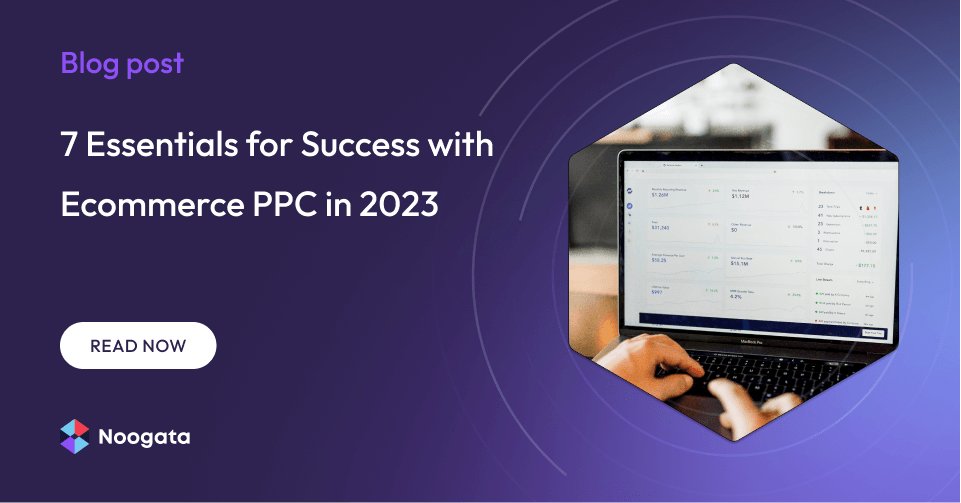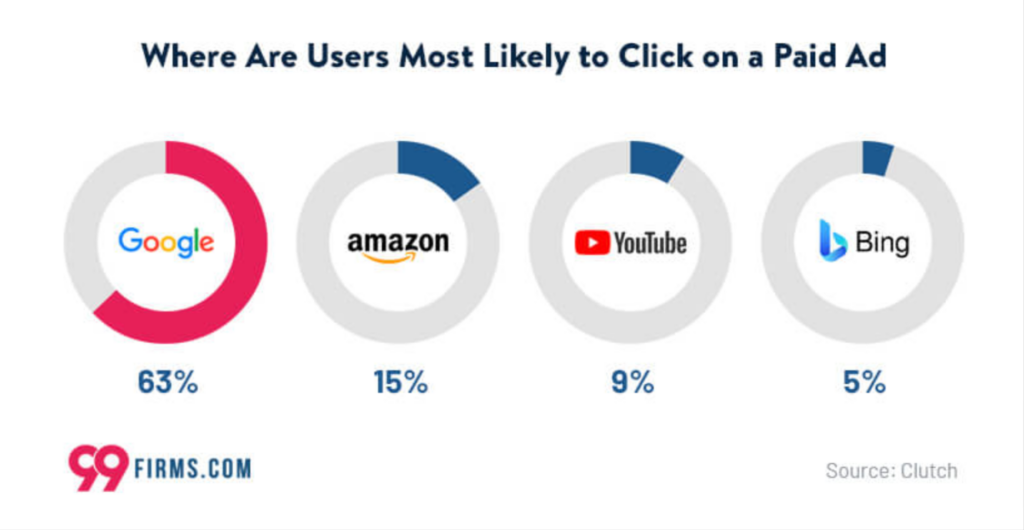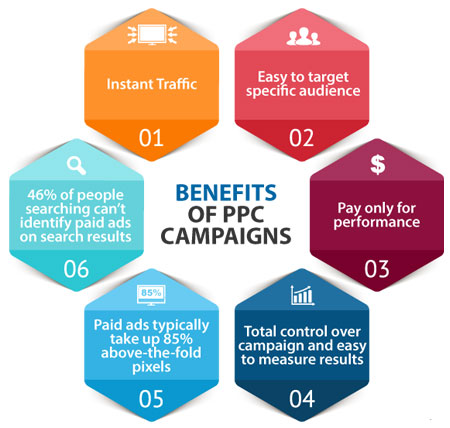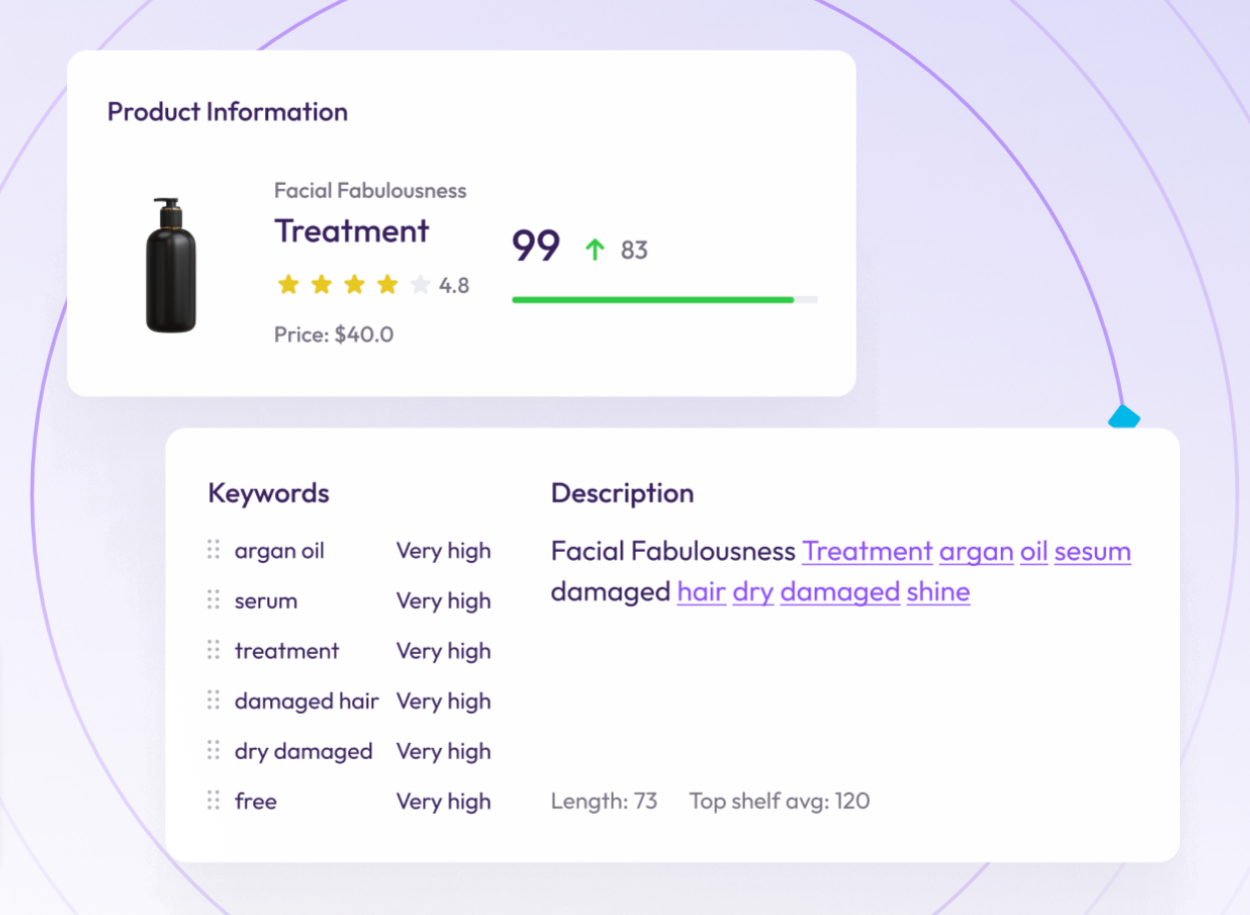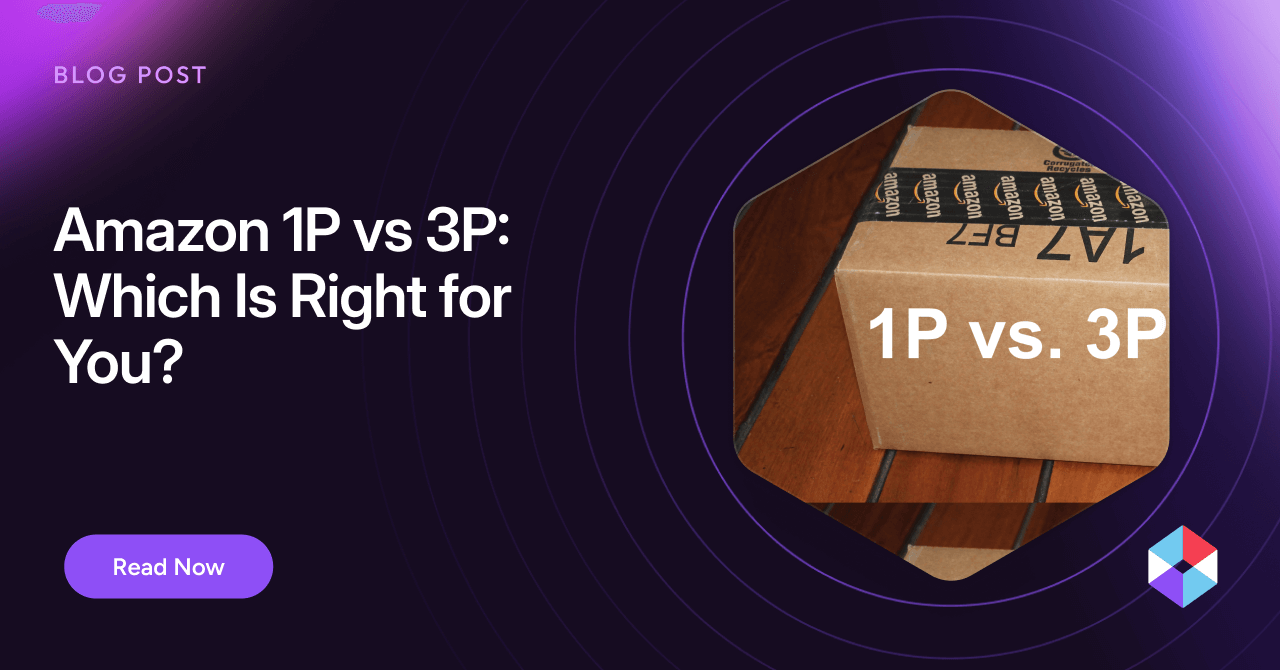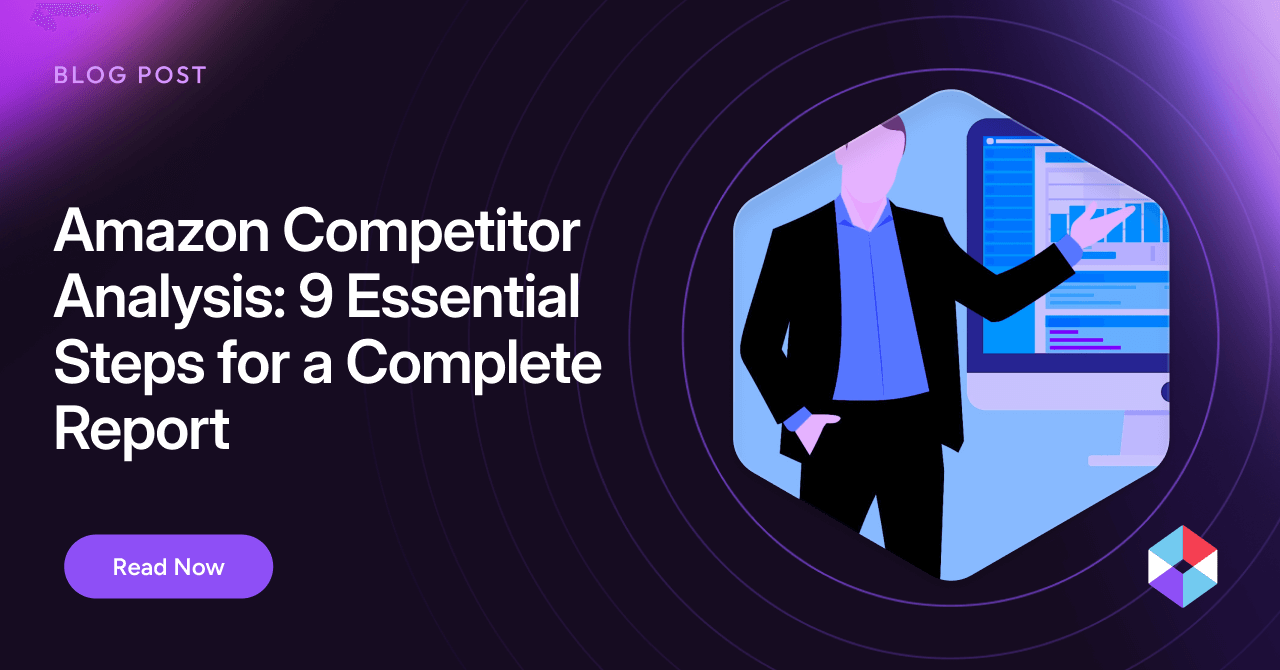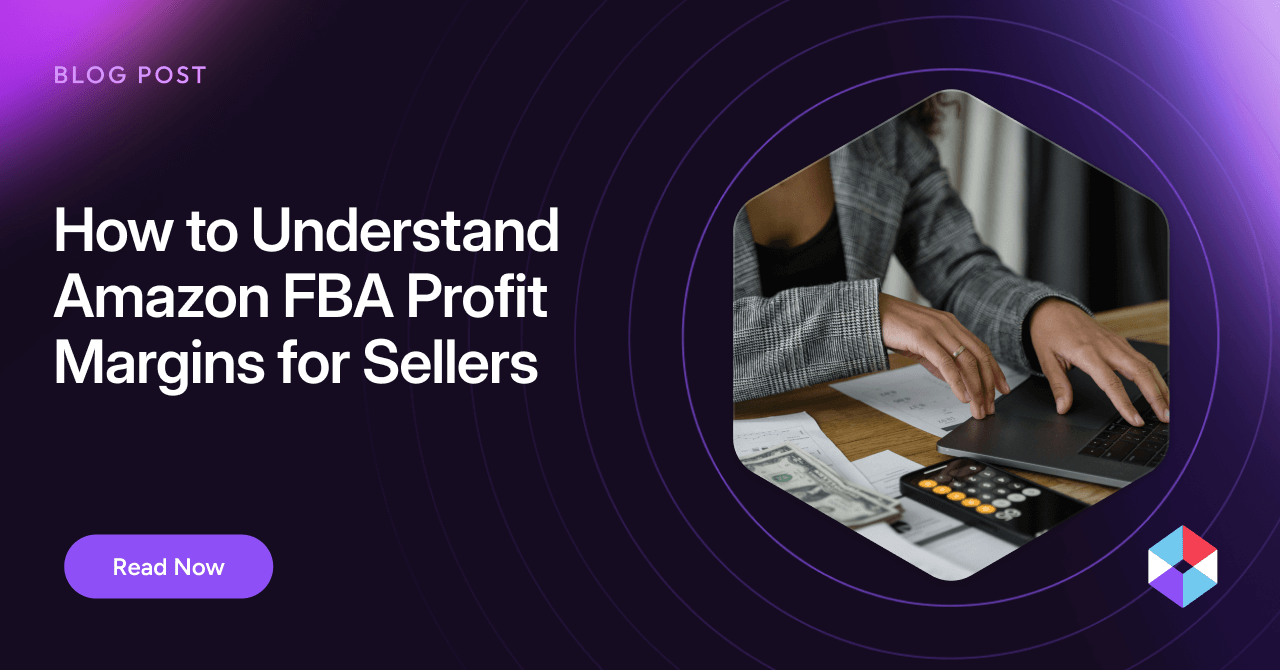There’s still a place for tried-and-true advertising tactics in the relentlessly competitive world of eCommerce. Pay-per-click (PPC) ads remain a highly effective way to reach consumers searching Google, Amazon, and their favorite social media sites for keywords related to your products. In an environment where you could be up against countless other companies selling the same or similar items, smart PPC ads can play a crucial role in helping you stand out to potential customers.
Businesses worldwide will spend over $190 billion on search advertising in 2024. Why? They’re banking on the fact that visitors who reach a site through PPC ads are 50% more likely to purchase than visitors who get there via organic search results.
To get those clicks, you need to know your marketplace and make data-driven strategic decisions about which platforms, audiences, and keywords to target. Read on for the top seven elements to make your eCommerce PPC ads successful.
Why PPC Is a Must for eCommerce
The PPC model is a staple of internet advertising. PPC ads are displayed when consumers search for specific keywords you’ve bid on, but you only pay when the ads get clicked. This can be highly cost-effective since it saves you from paying for ad placements that consumers are just scrolling right past.
No matter their platform, everyone uses search, which means that PPC ads have a great chance of quickly reaching a broad audience. Search is the whole point on sites like Google, but even on eCommerce platforms like Amazon, most consumers are using search terms to find the items they want, not browsing by category.
Building PPC campaigns around the platforms your target audiences use is one of the most direct ways to connect with them—a fact your competitors are surely aware of. No business can afford to cede this lucrative territory to its rivals when the right strategy can put your brand front and center.
Benefits of eCommerce PPC
PPC has a lot going for it—campaigns are fast and easy to launch, and they integrate well with other marketing activities. Monitoring and evaluating the results of a PPC campaign is a relatively straightforward process, and analyzing the data it generates can give you many insights into consumer sentiment and behavior.
But those are just the side benefits of PPC ads. The most important thing is how they directly serve your business goals. Here’s what you can expect a successful PPC campaign to accomplish:
- Spreading brand awareness
- Driving traffic to your website
- Increasing your social media engagement
- Generating new leads
These benefits all contribute to the ultimate goal of growing your sales and bringing in more revenue.
7 Essentials for Success with eCommerce PPC in 2023
1. KPI Tracking
Every PPC campaign needs a realistic budget, well-defined goals, and metrics to help you chart a steady course toward those goals without blowing up your budget. Universal KPIs for PPC include cost per click (CPC), click-through rate (CTR), cost per conversion/acquisition (CPA), impression share, and conversion rate. Return on investment (ROI) tells you if the campaign was worth what you paid for it, but return on ad spend (ROAS) and advertising cost of sale (ACOS) can provide a more nuanced view of the value of your ad dollar.
Platforms like Google and Amazon will include tracking features that will help you gather data about how well your ads are performing, so be sure to analyze this information and use it to your best advantage.
2. AI and Automation
AI technology can accelerate and enhance your ability to make better tactical decisions. AI tools can be used to find better keywords, bid smarter, optimize your pricing strategy, detect new market trends, and anticipate your competitors’ moves.
Another aspect of AI is that search engines like Bing and Google are starting to integrate natural language processing and generative AI into their platforms, creating new opportunities to run PPC ads within chat-based AI search results. With conversations replacing keyword-laden search phrases, businesses will need to wrap their heads around entirely new patterns of user behavior to create ads that click and convert.
Automating functions like bidding and ad placement can significantly increase your efficiency in the fast-paced world of PPC advertising, and AI-powered automation can deliver much better results than simple rule-based tools.
3. Strong Keywords
In PPC, keywords are everything. Many products are associated with obvious keywords, and while it’s important to try to show up with the most popular search results, there’s always competition for these words. This drives bidding up and results in a lower impression share. It pays to consider not only search volume, but the customer intent associated with each keyword. This is because search terms that consumers use when they’re first investigating a product are not necessarily the same ones they use when they’re trying to decide on a final purchase.
A more strategic approach is to analyze user behavior, market trends, and competitor activity and search for viable, but lesser-used, keywords that can give you more impressions and a higher conversion rate. AI tools can crunch all this data and find unexpectedly effective keywords to target.
4. Dynamic Pricing
In some markets, competition is so tight—and products so similar—that it’s hard for consumers to know where to get the better deal. Ultimately, it often comes down to price, but the lowest price isn’t always the best. Price your products too low, and not only are you cutting into your own margins, you might be signaling to the consumer that what you’re selling is lower quality than your competitors’ offerings. AI tools can serve you well here by analyzing prices market-wide in real-time and recommending optimized price points.
Including pricing in the ads can be a winning move, especially if you’re competitively pricing your products. Consumers who see your price before they click know what to expect and may be more likely to purchase, and consumers who are dissuaded from clicking because of the price keep your per-click costs down.
5. Competitive Intelligence
Many of the most effective strategies for PPC success hinge on knowing what your competitors are doing and how to take that one extra step that makes your brand more appealing to the consumer. Because your competitors aren’t likely to share their data with you willingly, you often have to hunt high and low for meaningful intelligence. AI solutions can help by tirelessly scouring websites, social media, product listings, and public postings for nuggets of useful data.
Understanding (and outflanking) your competition is even more critical on marketplaces like Amazon, where the consumer makes direct comparisons on a level playing field, and a purchase is always just one click away.
6. A/B Testing
PPC was made for A/B testing. It’s easy and affordable to experiment with keywords, ad formats, written copy, landing pages, targeting criteria, and any other variables you can think of, so put different ads head to head and see which ones generate the most conversions for you. Market trends and consumer attitudes never stop evolving, so A/B testing is something you should always be doing.
7. Digital Shelf Monitoring
In a brick-and-mortar store, consumers are more likely to reach for products that are prominently placed on the shelves, and in eCommerce, it’s no different—you just have to work with a different concept of what that “shelf” is.
The digital shelf is a summation of all the ways the consumer can encounter your product, but in actual practice, the digital shelf for most consumers is the first page of results that comes up when searching for what they want. Fighting for that top spot with SEO practices can be a never-ending challenge, but PPC offers another way to put your brand front and center before your target audience.
Tools that monitor your digital shelf placement on search engines and marketplaces like Amazon can ensure that you always know how visible your products are. They can warn you when you start slipping to the bottom of the shelf so you can take immediate action to get back up where you can be seen. A reinvigorated PPC campaign is often one of the most efficient ways to accomplish this.
AI Gets You the Clicks that Count
As long as consumers keep searching and scrolling, PPC advertising will hold a critical position as one of the most cost-effective ways to grab their attention. Using proven tactics can ensure that your ads get clicks that lead to conversions, but AI-driven insights from Noogata’s competitive intelligence solution will put you in the best position to make the right decisions regarding targeting, bidding, and pricing.
Schedule a demo today to discover how Noogata can give your PPC campaigns the winning edge.
